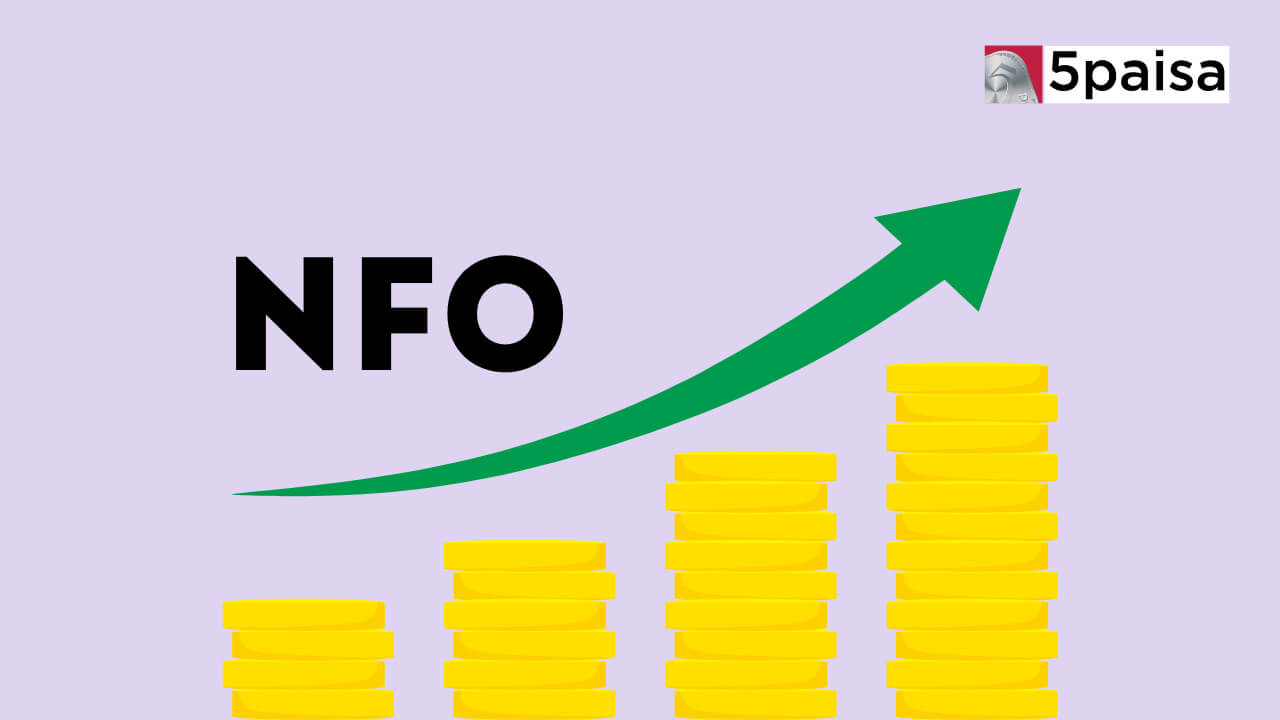How to read a fact sheet?

Last Updated: 4th August 2022 - 03:46 pm
If you are a mutual fund investor already, you might be aware that you receive a fact sheet from the AMC every month. In this article, we would help you understand how to read it. So, stay tuned!
Basic Fund Information
The basic information of a fund includes the fund’s investment objective, its category (equity, debt, hybrid, etc.), its sub-category (large-cap, mid-cap, short duration, gilt, aggressive hybrid, etc.), net asset value (NAV) as on date and expense ratio of the direct plan and regular plan. Besides, it also has details about the fund’s assets under management (AUM), its benchmark (Nifty 50, Sensex, S & P BSE 100, etc.) that it tracks, the minimum amount of SIP and lump sum investment and exit load. To understand the level of risk associated with an investment in a fund, the factsheet also provides a ‘riskometer’. This indicates the risk level of the scheme which can range from low to high and often helps investors to match it with their risk appetite and take appropriate investment decisions.
Fund Manager
A fund’s factsheet also provides information about the fund manager that will include details about qualification, experience and the performance of other funds managed by him, if any. This helps an investor know who is spearheading the funds and how capable the person is of managing it.
Asset Allocation
A mutual fund is a well-structured product. It is a diversified portfolio of stocks or bonds or even a portfolio of different asset classes. Portfolio composition helps investors understand where the particular mutual fund is investing and in what proportion. This component of the factsheet acts as one of the most important tools for analysis.
Performance
A factsheet provides trailing historical performance for different time periods. This is then compared with the benchmark and additional benchmark. This section of the factsheet helps investors to analyse scheme returns against its benchmark, SIP returns and overall market returns.
Key Ratios
A factsheet also provides key statistical risk return ratios such as standard deviation, beta, Sharpe ratio, R-squared, total expense ratio (TER) and portfolio turnover ratio. With these ratios, investors can gauge the risk and risk-adjusted-performance of the scheme. Also, they can understand whether the scheme indulges in frequent buying and selling of stocks or adopts a buy and hold strategy.
Portfolio Holdings
To further analyse the fund, you need to check whether the portfolio is adequately diversified or not. Even the asset allocation and sector allocation adopted by the fund is represented in the graphical format. Sector allocations and portfolio holdings help you get a break-up of how the fund house allocates your money. It is crucial to know how your money will be deployed after you invest it in a fund. Further, reviewing this section is crucial as it is the portfolio that is going to decide how the fund is going to perform in the future.
- 0% Commission*
- Upcoming NFOs
- 4000+ Schemes
- Start SIP with Ease
Trending on 5paisa
Mutual Funds and ETFs Related Articles
Disclaimer: Investment in securities market are subject to market risks, read all the related documents carefully before investing. For detailed disclaimer please Click here.
 5paisa Research Team
5paisa Research Team
 Sachin Gupta
Sachin Gupta




